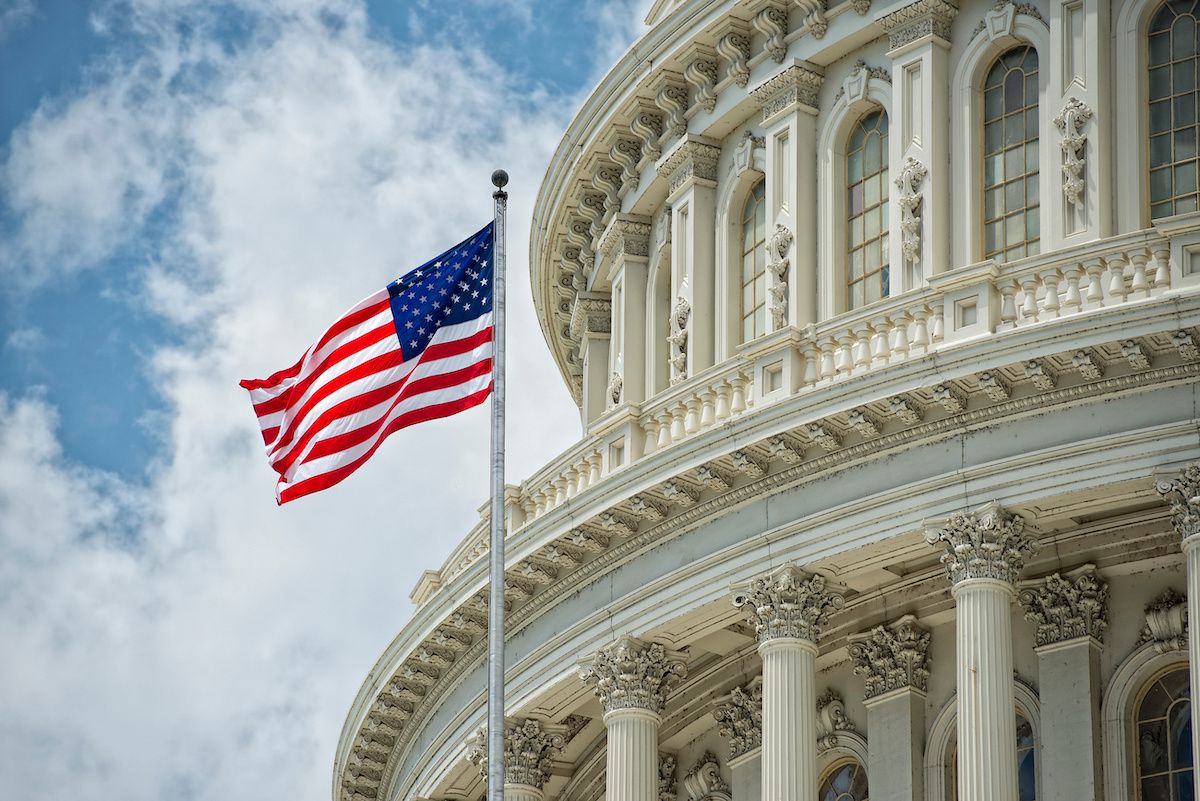Article
Physicians among the lawmakers as House struggles over leadership for next Congress
Author(s):
Researchers examine proportion of doctors in statehouses vs. general population.

Physicians are in the fray as lawmakers squabble over who will be the next speaker of the House of Representatives as the 118th Congress of the United States convenes in Washington.
This week the debate over leadership of Republican Rep. Kevin McCarthy has lasted days and at least 12 votes as of 12 p.m. Jan. 6 – now the longest House speaker election since 1859, according to ABC News and CNBC. It’s a crucial election because the House can conduct no other business until its members have a speaker, according to ABC News.
Doctors have been among the legislators in the House, Senate and 50 statehouses across the nation. But not always in ways proportionate to the general population of the United States, according to a research letter from JAMA Network.
In the last 10 U.S. congresses, physicians made up two to 23 of the 535 representatives and senators in the U.S. Capitol, according to the analysis “Physician-Legislators in the Federal and State Government in 2022.”
Authors Tanvee Varma and Matthew Goldenberg, MD, MSc, of the Yale School of Medicine, examined publicly known characteristics of the physicians serving as elected lawmakers in 2022. Last year, there were 17 federal physician-legislators among 541 seats, accounting for 435 representatives, 100 senators, and six openings in the session.
That equates to 3.1% of the lawmakers – a relatively small percentage, but an overrepresentation compared to the entire U.S. population, because the nation’s 1 million or so physicians make up 0.3% of the total population.
That group was “not representative of nonphysician federal legislators or physicians as a whole,” the authors said.
The elected officials skewed toward male, White, older than 55 years, and Republican. There were no Black federal physician-legislators, compared to 5% of physicians overall, and 6% of the federal physician-legislators were Asian, compared to 17% of the physician population.
“Given the significant barriers to election to U.S. Congress, physicians later in their career or in higher-paying specialties may be better positioned to mount successful campaigns,” the research letter said.
In the statehouses, doctors held 86 of 7,552 seats, or about 1.1%, according to the research letter. Black and Asian doctors made up 5% each of the physician-legislators.
The state lawmakers may be more representative “due to fewer financial and logistical barriers to running and serving,” including greater number of seats and potential ability to maintain a clinical practice, the authors said.
As of November 2022, there were 14 physicians who won seats in the House and four in the Senate.
A doctor was one of the high-profile races in the 2022 election season. Physician Mehmet Oz, MD, ran for the U.S. Senate as a Republican candidate in Pennsylvania, but lost to Democrat John Fetterman.
Oz, who earlier gained fame as a television personality, has faced criticism from physicians and scientists.
But other physicians who hope to run for office might have more credibility among voters. Last year a survey found 64% of Americans would vote for their physicians if they were on the ballot, and 61% said their physicians were more trustworthy and caring than most politicians.














